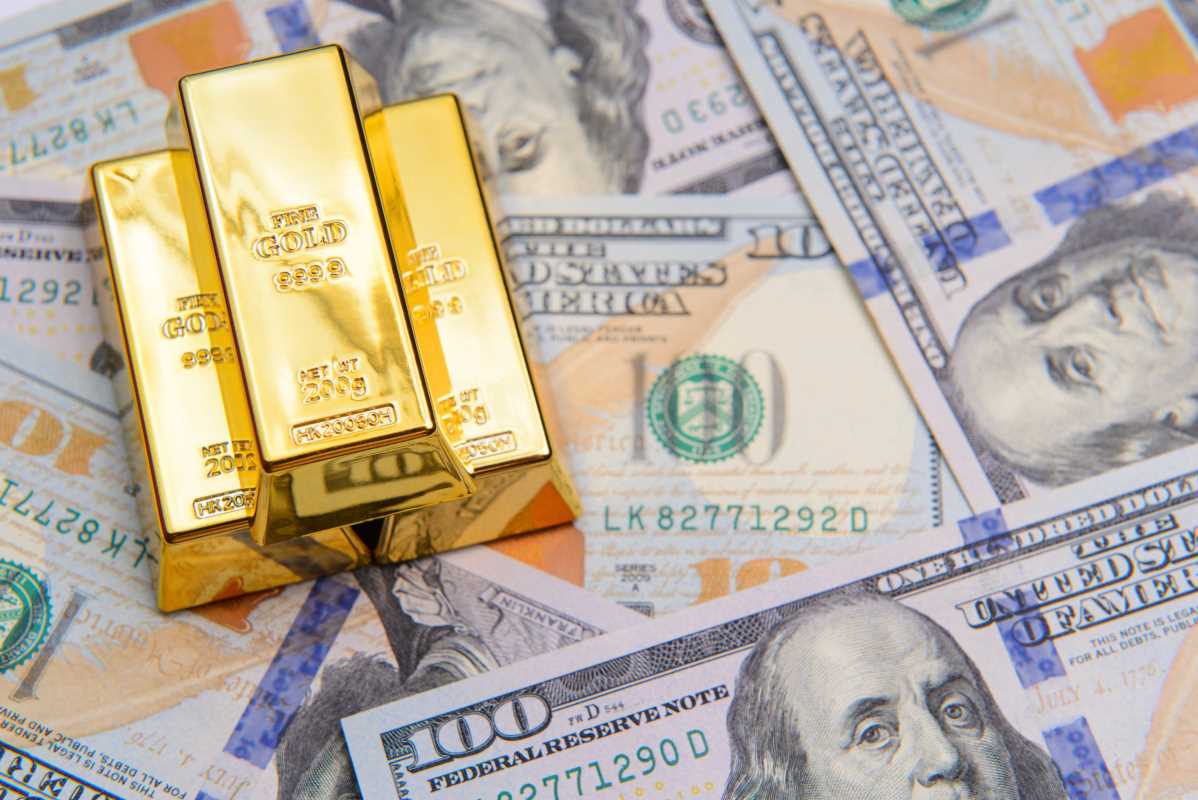For thousands of years, gold has captivated humans, serving not just as a decorative metal but as a universal marker of wealth and stability. From ancient kingdoms to modern finance systems, gold has always held a unique position as a reliable store of value. But what makes this metal so special that it has outlasted empires, currencies, and entire trade systems? The answer lies in gold’s unique physical, historical, cultural, and economic combination. For personal finance enthusiasts, understanding gold’s enduring appeal offers valuable lessons in diversification, financial security, and wealth preservation. We'll dive into the historical, economic, and symbolic significance of gold, backed by careful analysis of its role across time.
The Origins of Gold as Money
The story of gold as a store of value dates back to ancient times. Civilizations as old as 3,000 BCE, such as the Egyptians, prized gold for its beauty, durability, and rarity. It adorned temples, pharaohs, and even burial chambers, symbolizing power and eternal life. Yet gold’s real breakthrough came when ancient societies began to use it as a medium of exchange.
The first coins, however, were not made of pure gold. Around 630 BCE, the people of Lydia, a kingdom in modern-day Turkey, developed the world’s earliest coinage made from electrum, a naturally occurring alloy of gold and silver. These coins were standardized in terms of weight and purity, simplifying trade and reducing the need for bartering. King Croesus of Lydia later transitioned to minting coins with separate gold and silver compositions around 550 BCE, perfecting the system of coinage that would spread across the ancient world. This innovation laid the groundwork for gold to act as a universal measure of value, thanks to its rarity, physical characteristics, and inherent appeal.
Why Societies Picked Gold
Why did gold, and not other metals like iron or copper, become the chosen store of value? The answer lies in its properties. Gold is rare but not too scarce, which means it can be mined and distributed without being so abundant that it becomes devalued. It’s malleable, meaning it can be shaped into coins or jewelry, but it’s also durable, resisting tarnish and corrosion. Unlike perishable goods or livestock, gold maintains its form and usefulness indefinitely.
For early economies, these features were ideal. Gold's permanence made it uniquely reliable compared to commodities like grain or salt, which could spoil or deplete, or iron and copper, which oxidize. This reliability became crucial as trade expanded and the need for standardized monetary systems grew.
The Economic Strength of Gold
Gold’s reputation as the ultimate store of value is tied to its ability to preserve wealth over time. Economists define a “store of value” as an asset that can maintain purchasing power and resist devaluation, even during economic turbulence. Unlike paper money, which is prone to inflation, gold is not dependent on a central authority or a nation’s economy. Its worth is intrinsic, determined by demand and its finite supply.
Gold as a Shield Against Inflation
To understand gold’s economic value, it helps to consider periods of high inflation, where currency loses its purchasing power. A prime example is the 1970s. After the U.S. abandoned the gold standard in 1971, inflation soared due to rising oil prices and economic shocks. Gold prices skyrocketed from $35 per ounce in 1971 to over $850 per ounce by 1980. Those who held gold during this time preserved, and in many cases increased, their wealth while the value of the dollar eroded.
This phenomenon occurs because gold functions as a hedge. People turn to gold as a “safe haven” asset when paper money loses confidence. Its value does not depend on government policies, making it a reliable option in times of uncertainty.
Diversification With Gold
This resilience is why financial experts often advise including gold in a diversified portfolio. Gold’s performance typically runs counter to risky assets such as stocks and bonds. For instance, during the 2008 financial crisis, stock markets plunged, but gold prices surged as investors sought stability. Central banks, too, recognize gold’s significance and hold it in reserves as a safeguard against volatility.
While gold doesn’t generate dividends or interest, its ability to limit losses during economic downturns makes it an essential part of a balanced financial strategy. Think of it as an insurance policy for your wealth.
The Cultural and Psychological Connection to Gold
The appeal of gold goes beyond economics. It has deep cultural and psychological roots that reinforce its perceived value. For centuries, gold has symbolized power, wealth, and status. Consider the wedding bands exchanged in marriages as symbols of permanence or the gold medals awarded in athletic competitions as markers of ultimate achievement. These associations shape how societies view and value gold, fueling consistent demand.
Owning gold also has a tangible aspect that adds to its allure. Holding a gold coin or bar in your hand offers a sense of security that paper investments, like stocks or digital cryptocurrencies, cannot replicate. This physicality reinforces the idea of gold as a permanent, trustworthy asset.
Gold vs. Modern Value Stores
Over time, numerous alternatives to gold have emerged, including real estate, stocks, bonds, and more recently, cryptocurrencies like Bitcoin. While these investments each have their benefits, none match the combination of historical reliability and physical permanence offered by gold.
Take stocks and bonds, for example. While they provide growth potential and income, they are tied to the fortunes of companies or governments. Though an excellent store of value, real estate is not portable and is susceptible to events like natural disasters or localized economic downturns. Cryptocurrencies, often called “digital gold,” have gained popularity, but their price volatility and lack of historical track record make them less stable compared to gold.
Even fiat currencies, like the U.S. dollar, don’t hold the same universal trust as gold. Unlike gold, their value hinges on economic and political systems that can falter under poor management. Gold, by contrast, is recognized and valued universally, regardless of location or regime.
Gold in Personal Finance
For personal finance enthusiasts, gold is one of the most effective ways to hedge against uncertainty. Whether you’re protecting your wealth from inflation or diversifying your portfolio, gold offers a stability that few other assets can match. Investing in gold still requires careful planning, though.
Physical gold, like coins or bullion, provides the most direct ownership but may incur storage and security costs. Alternatively, gold ETFs (exchange-traded funds) offer a lower-maintenance way to invest but lack the tangible aspect. Both options have pros and cons, so aligning any gold investment with your financial goals and risk tolerance is important.
Whether you’re just starting to explore personal finance or looking to fortify your portfolio, gold’s proven track record offers invaluable lessons on stability and security in an unpredictable world. Although no single investment can guarantee financial success, the enduring legacy of gold makes it a worthy part of any long-term financial strategy.
 (Image via
(Image via





